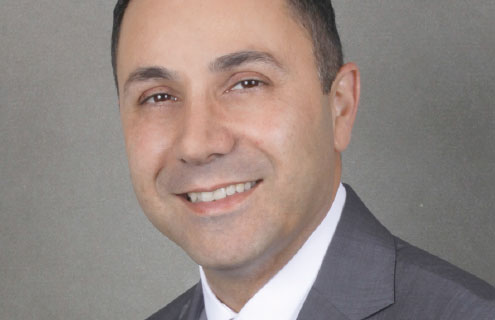Broadridge
With the first wave of T2S underway, Demi Derem of Broadridge discusses strategies to build competitive advantage in a global marketplace
June marked the start of the migration to the T2S platform in EU markets. What are the implications of this market change in the post-trade environment?
Target2-Securities (T2S) is one of the largest and most complicated technology infrastructure projects launched by the European Central Bank in recent times. It is intended to bring about substantial benefits to the post-trading industry by providing a single pan-European platform for securities settlement that will improve EU market efficiency. While T2S will drive greater efficiency, we are likely to see increased volumes in cross-border trading.
All this has caused market participants to rethink their future business and operating models. Broadridge fits in by continuing to build innovative, mutualised managed service solutions for T2S-affected custodians, brokers and central securities depositories (CSDs).
‘Mutualisation’ is a term we’ve been hearing a lot lately. What benefits can the industry hope to see from the mutualisation of proxy services?
‘Mutualisation’ is a term we use to describe how we deliver our proxy processing services to custodians, brokers and CSDs. It is the essence of our managed services outsourcing model. It allows participants, and the industry as a whole, to manage complexity, and leverage economies of scale and our best practices model.
There are service providers that can invest sufficiently in their infrastructures to deliver pan-European solutions. We have already made, and will continue to make, significant investments in both technology and people to ensure we are able to deliver end-to-end solutions in a post-T2S world.
How are custodians addressing asset servicing requirements in the post-T2S environment?
The feedback we’ve been hearing from our custodian clients is that they have a keen interest in end-to-end proxy outsourced solutions. We’re also hearing that there is a need for other functions that could be developed based on a managed service model. One of these, for example, is expanding the functionality of our corporate actions library to include notification capabilities.
Even within a pan-European asset servicing environment, there will always be specific local market requirements that will have to be met. Can a managed services or mutualised model support unique market requirements?
Absolutely. In markets around the world, we have built local market solutions that address unique characteristics by leveraging our Global Proxy processing infrastructure and extending our service offering. We’ve done this in Japan, the UK, the Netherlands, Canada and the US, and will shortly be deploying end-to-end Global Proxy local market solutions in Germany, Italy, Australia, Hong Kong and New Zealand. In addition, we are working closely with many of our custodian clients to support their future eurozone operating model strategies.
What do those solutions include?
Our Direct Market Solutions (DMS) extend the Broadridge Global Proxy management platform through tailored solutions for local markets. The Global Proxy solution includes several services: centralised meeting creation, delivery of ballots, collection of vote instructions and onward lodgement to the local market custodian. DMS enhances this offering through local market services such as the direct sourcing of meeting announcements and related meeting materials, translation from the local language to English, and execution of vote instructions in local markets through direct delivery of the local and cross-border instructions to the CSD, issuer or issuer agent/register.
Many Broadridge clients have already subscribed to our enhanced DMS offering. While some have utilised DMS on a standalone basis to support their key markets, most are now looking to utilise DMS in conjunction with our traditional Global Proxy solution to offer end-to-end global proxy solutions to their underlying institutional clients.
DMS means our clients now have a robust, end-to-end proxy process solution, built on a proven and trusted global infrastructure. This gives them an enhanced risk control environment, with increased automation and operational process efficiency.
How do you expect the industry’s business processes to evolve? What key trends do you anticipate?
T2S prescribes a harmonisation of settlement processes that will encourage even greater volumes of cross-border trading. Coupled with regulatory change affecting asset and cash pooling, the environment will likely create further interest in the harmonisation of practices with the second, third and fourth waves of adoption of T2S.
With that said, it’s fair to assume that business processes for asset servicing must also evolve to support cross-border proxy processing and increasing meeting volumes, in the EU and around the world. Given the enormous focus on automation and risk management, a managed service model—for global proxy processing—is the kind of change industry participants will need to make to gain operational advantage.



